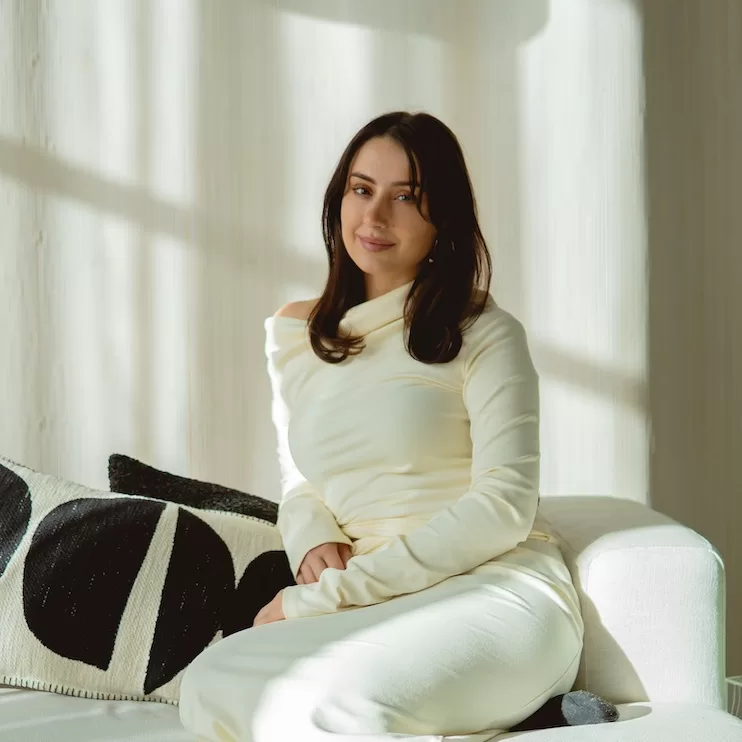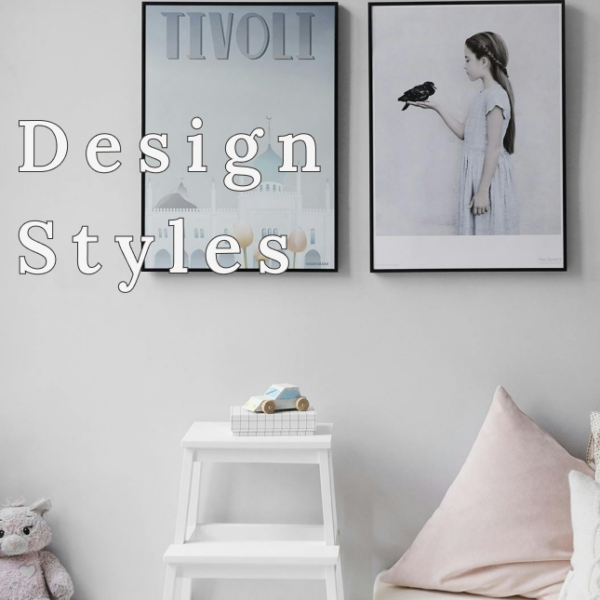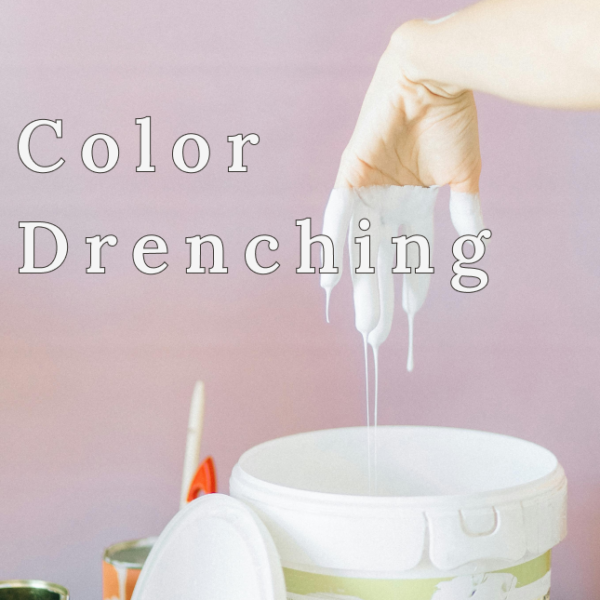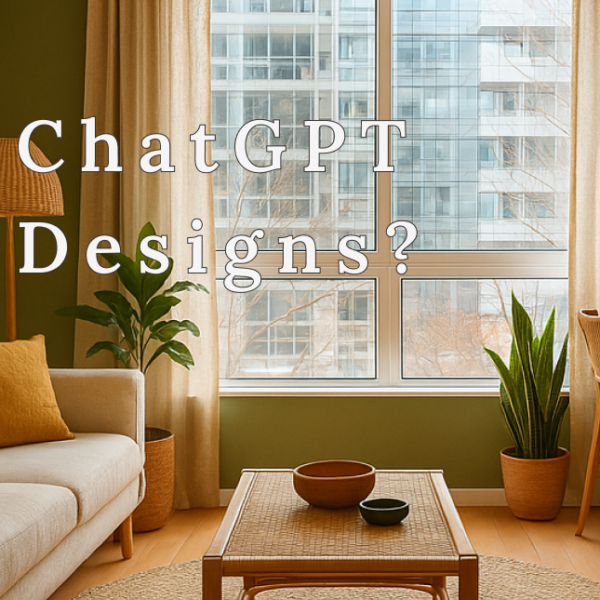I thought this post would be appropriate to write as I have recently acquired my Project Management PMP certificate. Congrats to me. It was a long, and gruelling process. As an interior design professional, this certificate was important for me to obtain because interior design is 80% project management. Some of you may be surprised to hear that. Often, When people discover what I do, the reaction I often get is, “Wow, that sounds so fun and creative!”. While, yes, my job is fun and creative. However, most of what I do is project management. Which involves a lot of people management and coordinating a million little things. After all, embarking on an interior design project is a project and must be structured and managed as such.
At first glance, interior design and project management may seem like opposites – one driven by creativity and artistic flair, and the other by structure and organization. However, when these two disciplines come together, magic happens. The magic being, efficiency and success.

Interior design is more than just creating visually appealing spaces. It’s about crafting environments that enhance functionality, reflect personal style, and evoke emotions. Behind every beautifully designed space lies a meticulous process that involves careful planning, coordination, and execution. This is where project management plays a crucial role. It serves as the backbone that ensures the seamless realization of design visions. Without proper project management, the process of interior design will not be enjoyable. Trust me, projects can become a sh*t-show without proper planning, execution and monitoring. Especially, when it comes to big renovation projects.
The crucial role of project management in interior design
Project management is the glue that holds interior design projects together. Ensuring that every aspect – from conceptualization to completion – is executed smoothly and efficiently. Here are some key ways in which project management intersects with interior design:
- Planning and scheduling: The development of comprehensive project plans and timelines is key to outlining key milestones, deadlines, and deliverables. By breaking down the project into manageable tasks and setting realistic timelines, project management helps keep the project on track and ensure that deadlines are met.
- Budgeting and cost management: Budget, budget, budget, BUDGET! Effective budgeting is essential for any interior design project. Establishing project budgets, tracking expenses, and managing costs throughout the project lifecycle is essential to all clients. By closely monitoring expenditures and identifying potential cost overruns, project management helps keep the project within budget. Projects should stay into budget without compromising on quality or design integrity.
- Resource allocation: From materials and labour to contractors and vendors, interior design projects require careful coordination of resources. The procurement process must be overseen, ensuring that the necessary resources are sourced, allocated, and utilized efficiently. Maintaining clear communication channels with suppliers and contractors prevents delays and minimizes disruptions to the project timeline.
- Risk management: Every project comes with its own set of risks and uncertainties. This includes any and all interior design projects. Conducting risk assessments, identifying potential issues, and develop contingency plans to mitigate risk and minimize disruptions is key to a successful outcome. Whether it’s dealing with unforeseen delays, supply chain disruptions, or budget constraints, project management plays a vital role in keeping the project on course and adapting to changing circumstances.
Design and project management in sync

The key to success for any interior design project
- Establish clear goals and objectives: At the outset of the project, all stakeholders should align on the project goals, objectives, and expectations. By establishing clear communication channels and defining roles and responsibilities upfront, all parties can work towards a common vision and minimize misunderstandings.
- Regular communication and updates: Communication and comprehension are the keys to the success of any project. All stakeholders should maintain open lines of communication, providing regular updates, feedback, and progress reports. By keeping each other informed of developments, challenges, and milestones, both parties can address issues proactively and make informed decisions.
- Flexibility and adaptability: Interior design projects are dynamic and often evolve throughout the project. Stakeholders should be prepared to adapt to changing circumstances, priorities, and preferences. By remaining flexible and responsive to feedback, all parties can navigate challenges and find creative solutions to keep the project on track.
- Celebrate achievements and learn from challenges: Successful projects are not just about the end result; they’re also about the journey. Achievements and milestones should be celebrated, acknowledging the contributions of each team member. Similarly, challenges and setbacks should be viewed as learning opportunities, allowing all stakeholders to identify areas for improvement and refine their processes for future projects.
Elevating interior design through effective project management
The marriage of creativity and organization is essential for bringing design visions to life. Project management serves as the tool that ensures the seamless execution of design projects, from inception to completion.
All and all, I am happy that I acquired my PMP. It gives me the confidence to ensure that I am well-equipped to manage my clients’ projects seamlessly. The journey is just as important as the result. So, I aim to create a fun and collaborative design process that takes all the work, worry and stress off of my client’s shoulders.
Interior design is not all fun and games. Most of the time, I feel like my job is juggling a million things. However, I am pretty good at juggling a million things. So, I am content with the not-so-fabulous parts of my job. And, I will continue to strive for excellence in the delivery of my design services.
Let’s design your space together, virtually.



